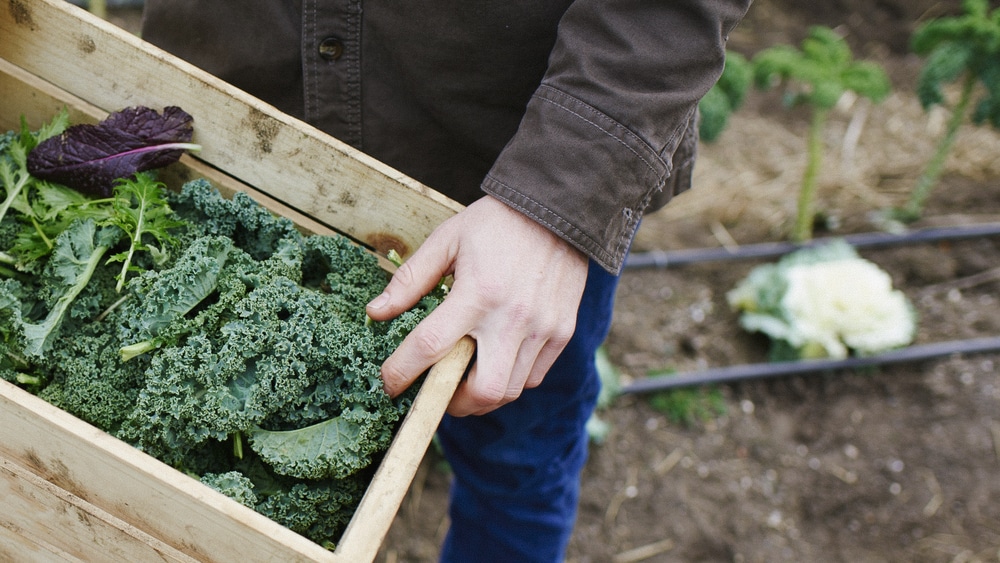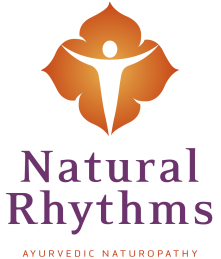Lifestyle and Daily Routine

As the Natural law of physics states, every action has a reaction. The same is true regarding our daily activities: What we do as part of our daily practices and routines can have a cumulative positive or negative experience. For this reason, natural medicines across the world empower people with daily activities that stimulate health-promoting physiological reactions.
Exercise is part of a healthy daily routine.
Some daily routines, like exercise, adequate sleep, meditation, and play and social time, can be readily employed to aid healing and enhance well-being. Exercise promotes metabolism and has great benefit for the heart; adequate sleep is an essential part of daily rejuvenation and disease prevention; meditation is one of many important tools for stress management; and play and social time provide a mental/emotional health benefit.
In addition to these generally beneficial daily routines, Ayurveda also offers powerful health-promoting activities that can provide medical benefits. When performed daily, these activities function like wellness procedures that stimulate and fortify the resilience of the body and mind. Some examples of these include:
- Nasya: The internal application of this oil to the sinuses can be individualized for benefits like allergy prevention, reducing inflammation, and promoting relaxation.
- Karna purna: Applying these oil drops in the ears can help to reduce ear infections, manage dizziness, and promote calmness.
- Pranayama: Breathing exercises can aid in promoting digestion, creating mental calmness and clarity, attaining deep meditative states, managing stress, and much more.
Beyond these examples are many daily routines that can be adopted as part of a lifestyle that promotes health and well-being. Because the challenge is knowing what works for the individual, Ayurvedic medicine individualizes each practice and its components to activate physiological systems in a precise and effective manner.
Living in this way, we adopt Swasthavritta—a culture of well-being.



